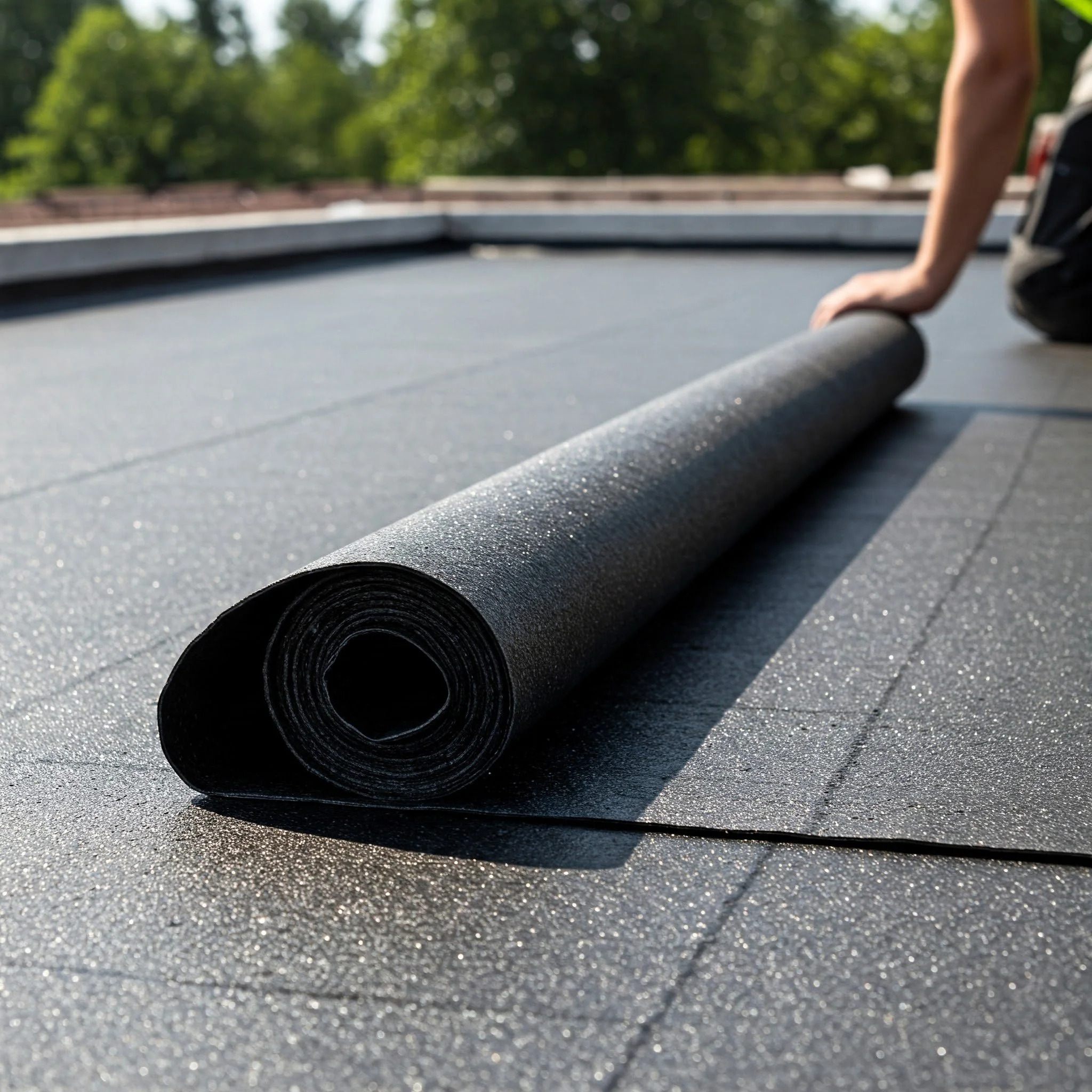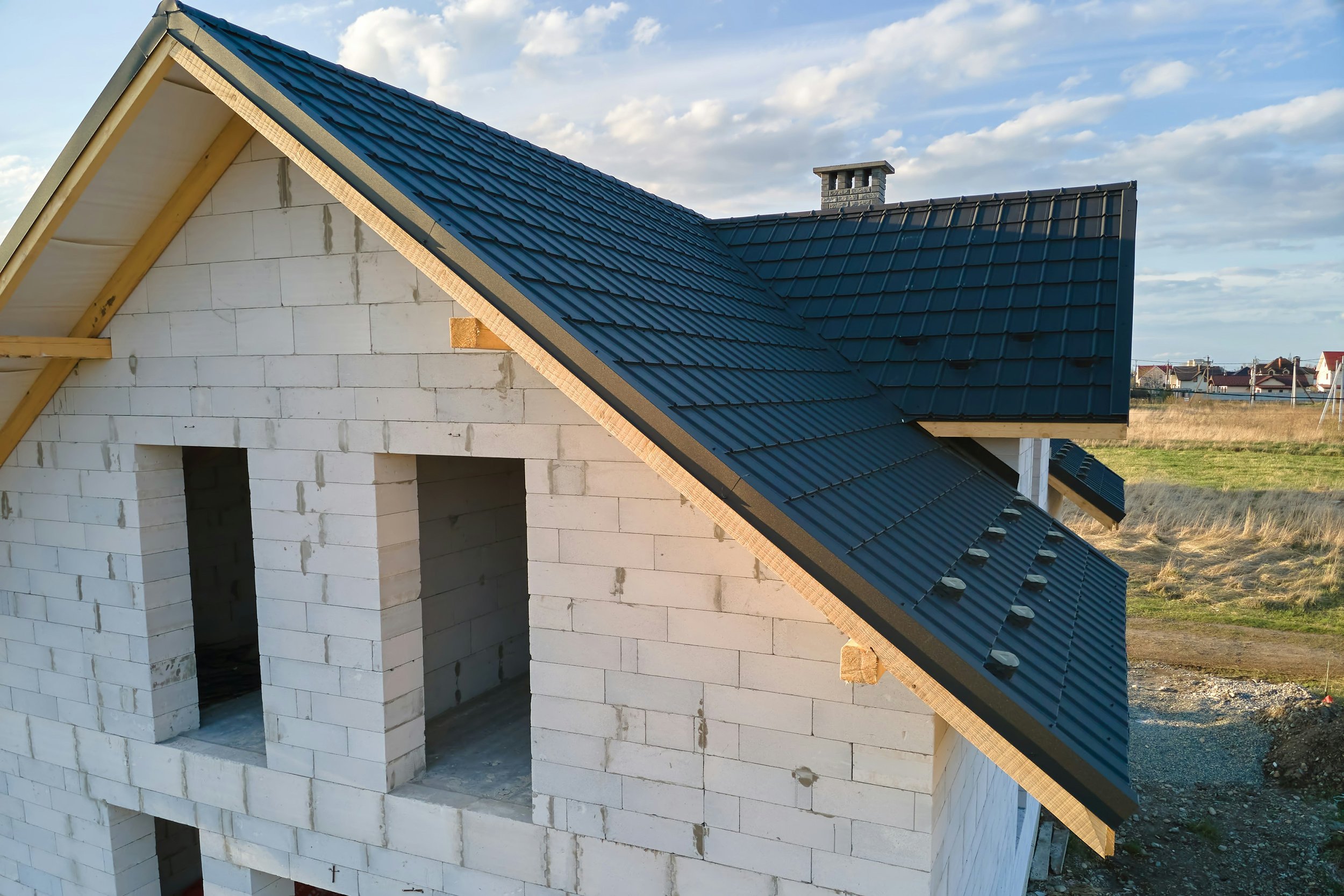How to Install Metal Roofing: Step-And-Step Guide
Looking to install metal roofing? Our detailed step-by-step guide covers everything you need to know to get the job done right—from tools to techniques and tips for a long-lasting metal roof.
So, you’re ready to tackle installing metal roofing—good choice! Known for its durability, energy efficiency, and sleek look, metal roofing is a popular option for both residential and commercial buildings. But if you’re thinking, How do I even begin?, you’re in the right place. This guide, How to Install Metal Roofing: Step-by-Step Guide, will walk you through every part of the process, from gathering your tools to securing the final panel.
Whether you’re a seasoned DIYer or just feeling ambitious, installing a metal roof doesn’t have to be intimidating. Let’s dive into the steps, tips, and insider knowledge that’ll have your new roof looking fantastic—and standing up to the elements for years to come!
Why Choose Metal Roofing?
Before we jump into the “how,” let’s touch on the “why.” What makes metal roofing such a fantastic option? Here are a few key benefits:
Longevity: Metal roofs can last 40-70 years, much longer than traditional asphalt shingles.
Energy Efficiency: They reflect solar heat, reducing cooling costs in warmer months.
Durability: Metal roofing can withstand heavy winds, snow, and even fire.
Low Maintenance: Once installed, metal roofs require minimal upkeep.
Metal roofing has become a popular choice among homeowners, thanks to its impressive list of benefits. First and foremost, metal roofs are known for their longevity—lasting between 40 and 70 years, they significantly outlive traditional asphalt shingles. Additionally, metal roofing offers remarkable energy efficiency by reflecting solar heat, which can reduce cooling costs during warmer months. It’s also highly durable, with the strength to withstand heavy winds, snow, and even fire. Another key advantage is its low maintenance requirement; once installed, metal roofs demand minimal upkeep. Given these benefits, it’s easy to see why more homeowners are opting for metal roofing. Now, let’s get started!
How to Install Metal Roofing: Step-by-Step Guide
Step 1: Gather Your Tools and Materials
Before starting, you’ll need to gather the right tools and materials. Here’s a list to make sure you’re well-prepared:
Metal Roofing Panels
Underlayment (either synthetic or felt)
Metal Roofing Screws
Drill or Impact Driver
Measuring Tape
Tin Snips or Metal Shears
Chalk Line
Ladder
Safety Gear (gloves, safety glasses, harness if necessary)
Roofing Boots (optional for better traction)
Having everything on hand before you start will save you countless trips up and down the ladder.
Step 2: Measure the Roof
Accurate measurements are essential in How to Install Metal Roofing: Step-by-Step Guide. Measure the length and width of each section of the roof to calculate how many panels you’ll need.
Calculate the Area: Multiply the length by the width to get the area in square feet.
Consider Overlaps and Wastage: Account for panel overlaps and add about 10% extra material to cover mistakes or cuts.
Step 3: Remove Old Roofing (if necessary)
If your old roof is in poor shape, it’s best to remove it completely before installing the new metal roofing. While metal can be installed over existing shingles in some cases, a fresh start ensures a cleaner and more durable finish.
Tear Off Shingles: Use a roofing shovel to remove old shingles and clear the surface.
Inspect the Decking: Check for any damaged wood and replace if necessary. A solid, dry deck is essential for proper installation.
Step 4: Install the Underlayment
Underlayment acts as a protective barrier between the roof deck and the metal panels, helping with insulation and preventing moisture buildup.
Roll Out the Underlayment: Start at the bottom edge of the roof, working your way up to the ridge.
Overlap Layers: Ensure each row overlaps the previous one by about 6 inches.
Secure with Cap Nails or Staples: Fasten the underlayment securely, especially around edges and corners.
Step 5: Attach Drip Edge Flashing
Drip edge flashing is installed along the edges of the roof to prevent water from seeping under the metal panels.
Install on All Roof Edges: Attach drip edge flashing along the eaves and gable edges using roofing nails.
Overlap the Sections: When installing the flashing, overlap each piece by at least 2 inches for full coverage.
Step 6: Begin Installing Metal Panels
Now comes the fun part—attaching the metal panels! Start from one end of the roof and work your way across.
Position the First Panel: Align the first panel with the edge of the roof, ensuring it’s square and straight.
Secure with Screws: Use metal roofing screws to fasten the panel to the decking. Place screws in the flat section of the panel, not the raised ribs, to prevent water penetration.
Screw Pattern: Place screws every 12-18 inches along the edges and on each rib across the panel’s width.
Step 7: Overlap Each Panel
Each panel should overlap the previous one slightly to create a watertight seal.
Follow the Manufacturer’s Guide: Most panels come with guidelines for proper overlap—typically about 1-2 inches.
Use the Chalk Line for Guidance: Snap a chalk line to keep your rows straight and aligned.
Step 8: Trim Panels Around Roof Fixtures
For areas around chimneys, vents, or skylights, you’ll need to cut the panels to fit snugly.
Use Tin Snips or Metal Shears: Carefully trim panels to fit around roof fixtures.
Install Flashing Around Fixtures: Use flashing tape or custom metal flashing to ensure water won’t seep around these areas.
Step 9: Install Ridge Caps
Ridge caps protect the roof’s peak and cover the gap where the panels meet along the ridge.
Align the Ridge Cap: Place the ridge cap along the roof peak, overlapping the metal panels on each side.
Fasten with Screws: Secure the ridge cap with screws every 12 inches along both sides.
Add Foam Closure Strips (optional): Some installations benefit from foam closure strips under the ridge cap to seal any gaps.
Step 10: Check and Finish Up
Now that your panels and ridge caps are installed, take a final look over the entire roof to ensure everything is secure and properly aligned.
Check for Loose Screws: Tighten any loose screws and add extras if needed in high-stress areas.
Remove Any Debris: Clear away any leftover materials or tools from the roof.
Seal Exposed Areas: Use a roof sealant to cover any exposed screw heads for extra protection.
And there you have it—a newly installed metal roof!
Maintenance Tips for a Long-Lasting Metal Roof
A metal roof is low-maintenance, but a little care goes a long way in ensuring it lasts as long as possible.
Inspect Annually: Check for loose screws, damaged panels, or rust spots each year.
Clear Debris Regularly: Keep branches, leaves, and debris off your roof to prevent damage.
Repaint When Needed: Every few years, consider a fresh coat of paint to protect the metal and keep it looking great.
Watch Out for Scratches: If you notice any scratches, cover them with roof touch-up paint to prevent rust.
Maintaining a metal roof is straightforward, but regular care can help preserve its durability and appearance for decades. Start with an annual inspection to check for any loose screws, damaged panels, or rust spots that could affect the roof's integrity. Keeping your roof clear of branches, leaves, and other debris is essential to prevent unnecessary wear and tear. Every few years, a fresh coat of paint can rejuvenate your roof, adding an extra layer of protection while maintaining its visual appeal. Additionally, watch out for any scratches on the surface; addressing these promptly with touch-up paint will help prevent rust from forming. By following these maintenance tips, you can enjoy the full benefits of your metal roof’s longevity and durability.
Conclusion
Installing metal roofing is a rewarding project that gives you a durable, energy-efficient, and attractive roof. With How to Install Metal Roofing: Step-by-Step Guide as your go-to resource, you’re now equipped with all the knowledge you need to get started. Remember, preparation and patience are key—measure carefully, work safely, and take each step one at a time.
Once you’ve secured that final panel and taken a step back to admire your work, you’ll know you’ve accomplished something that’ll stand the test of time. Here’s to a sturdy, stylish, and long-lasting metal roof!
Read next: Standing Seam Metal Roof Price: What to Expect
Frequently Asked Questions
1. Can I install metal roofing over shingles?
Yes, in many cases, metal roofing can be installed over existing shingles, provided the roof deck is in good condition. However, some local codes may require removing old shingles.
2. How much does metal roofing cost?
The cost of metal roofing varies depending on materials, roof size, and labor. On average, it ranges between $5 and $14 per square foot.
3. Do I need special screws for metal roofing?
Yes, use metal roofing screws with rubber washers, designed specifically for a watertight seal on metal roofs.
4. How long does a metal roof last?
Metal roofs can last 40-70 years, depending on the material and proper maintenance.
5. Is metal roofing noisy during rain?
While metal roofs can be noisier than other materials, proper insulation and underlayment minimize sound significantly.




